
Our review of the top stories of the year reaches the summer months with a look at the July to September period.
Quantum Computing just got desktop sized
We begin with one of those stories that just, well, happens. This piece on quantum computing is our most popular story of the year and has been read close to 300,000 times. We can't say why - if we could we'd probably try and repeat the trick and have a few more break through into the mass market mainstream. It is a good story though and a great jumping off point to learn more about a compelling technology.
Solid-state batteries will change everything
We seem to have hit a rich seam of tech stories over the summer months, with this one also setting the servers on fire. And while we caution that solid-state batteries have yet to be proven or manufactured at any scale, we reckoned that no matter how long it takes them to come to market in any meaningful way, the fact is that they will eventually do so and they are the future. "And while companies like Tesla still believe the future is in traditional Li-ion, the fact is that traditional battery production cannot be maintained indefinitely, and let's face it, we'll all be better off without it."
Mars helicopter: Ingenuity continues to break records
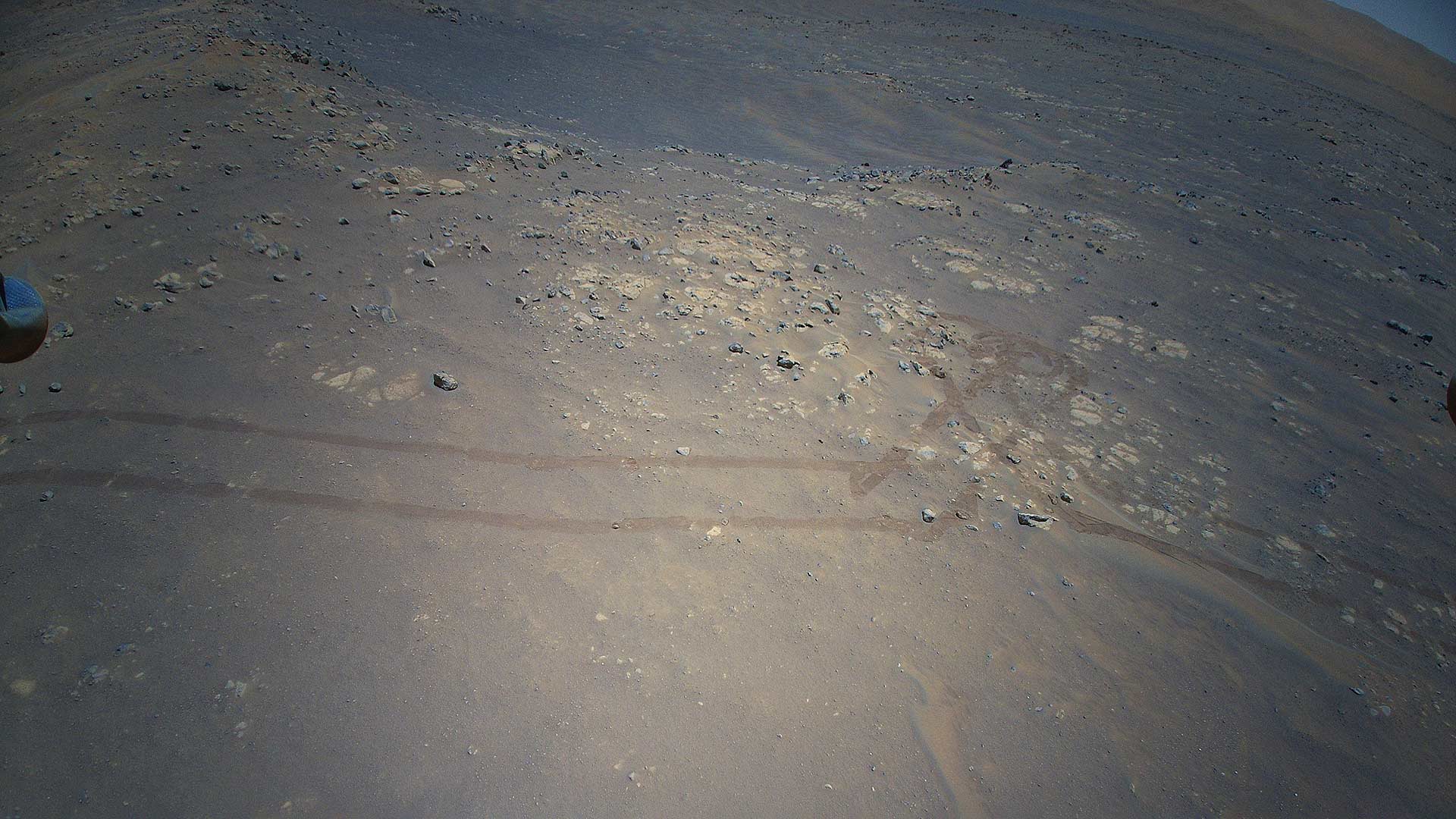
Staying with tech but moving off planet, Red Shark has always been happy to bring you stories regarding space. A lot of them involve cameras and this one even manages to involve a drone. The Perseverance mission is turning out to be one of the most visual NASA missions yet, with the camera technology being at the forefront of not only scientific analysis, but for the current demanding world of public relations and media. The catalogue of high resolution imagery grows on an almost daily basis and is available for anyone to download and view.
Photonic computers: The future of computing is… analogue
Still with tech, this is the Lightmatter Blade rack system, which contains the company's Envise photonic processor. Lightmatter claims that its photonic chip is five times faster than the Nvidia A100 Tensor Core GPU that lives inside some of the world’s most powerful data centres, with seven times better energy efficiency. It is also claiming several times more compute density than the Nvidia DGX-A100. One to keep an eye on in 2022.
The global chip shortage: What's going on?
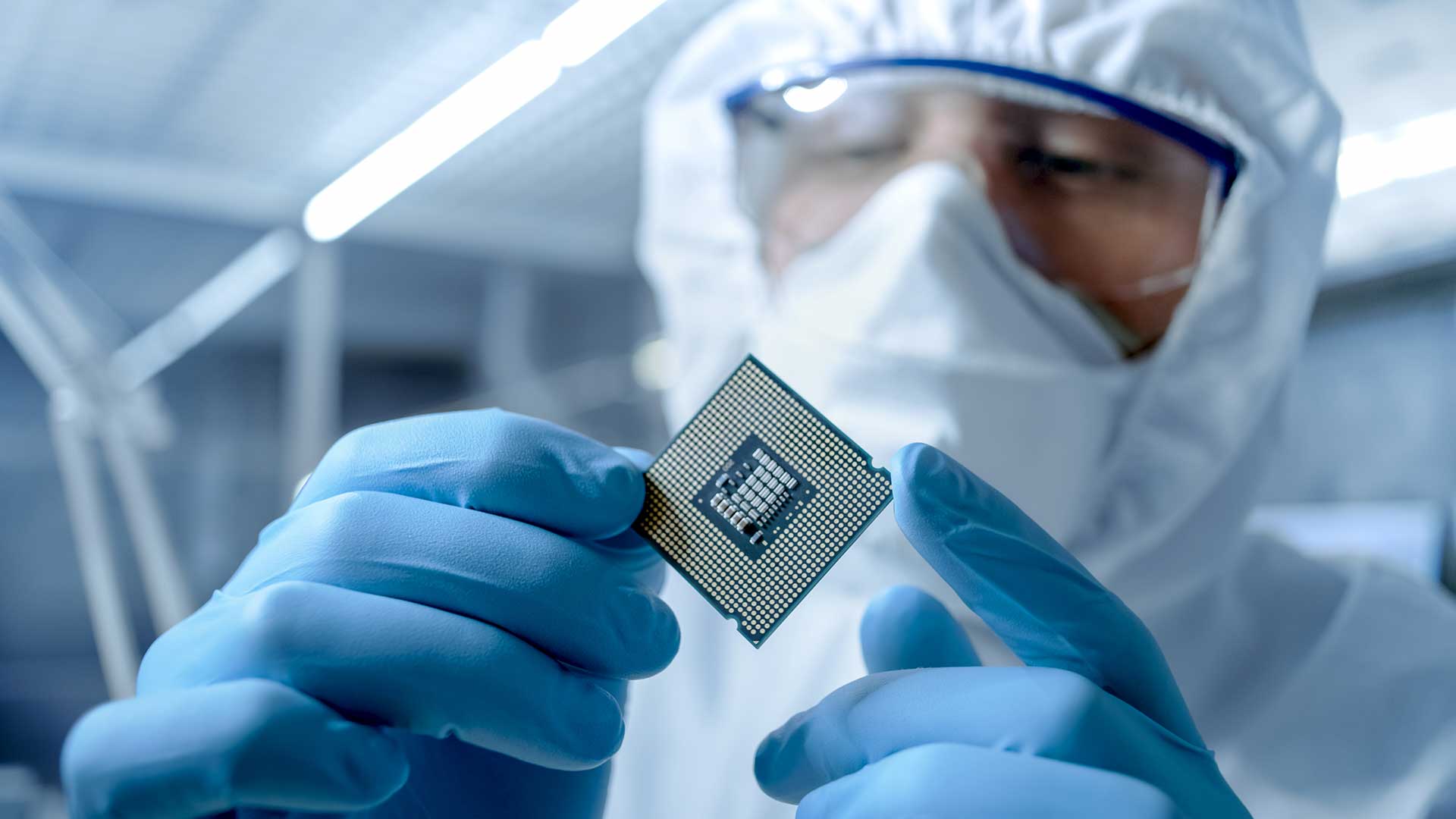
Do you want chips with that? Because you can't have them. Camera stories coming up, but first we diverted into some of the first reports that the global chip shortage was starting to have serious impacts on manufacturing cycles in all manner of consumer and professional devices.
Now you can buy a Leica... phone!
Okay, sort of a camera story. Still only available in Japan, the Leica Leitz Phone 1 is powered by Android 11, features a sleek and minimalist design in anodized aluminum and matte black Gorilla glass, and of course a state-of-the-art 20.2 megapixel camera on the back and a 'selfie' camera on the front. The camera software is proprietary to Leica and called the 'Leitz Engine,' which offers color correction, bokeh, noise reduction, and edge refinement. Firmware updates will add more 'Leitz Looks' to the phone.
RED KOMODO review: Long-term impressions
Rakesh Malik gave us his opinions on the RED KOMODO after six months living with it. "KOMODO is an excellent and reasonably priced camera amongst a gaggle of excellent and reasonably priced cameras, though at $6000 US it is on the pricier side of the spectrum. Whether or not the premium is worth it for your needs depends on how critical its most unique features are, namely the global shutter and integrated wireless control with video," he concluded.
Adobe acquires Frame.io in huge $1.275bn deal
There didn't seem to be as much merger and acquisition activity this year as some others, though maybe that was because we were looking in the wrong direction. What there was though, like this one, was a doozy. $1.275bn? We're still getting over that...
DaVinci Resolve 17.3 released: Three times faster on M1 Macs
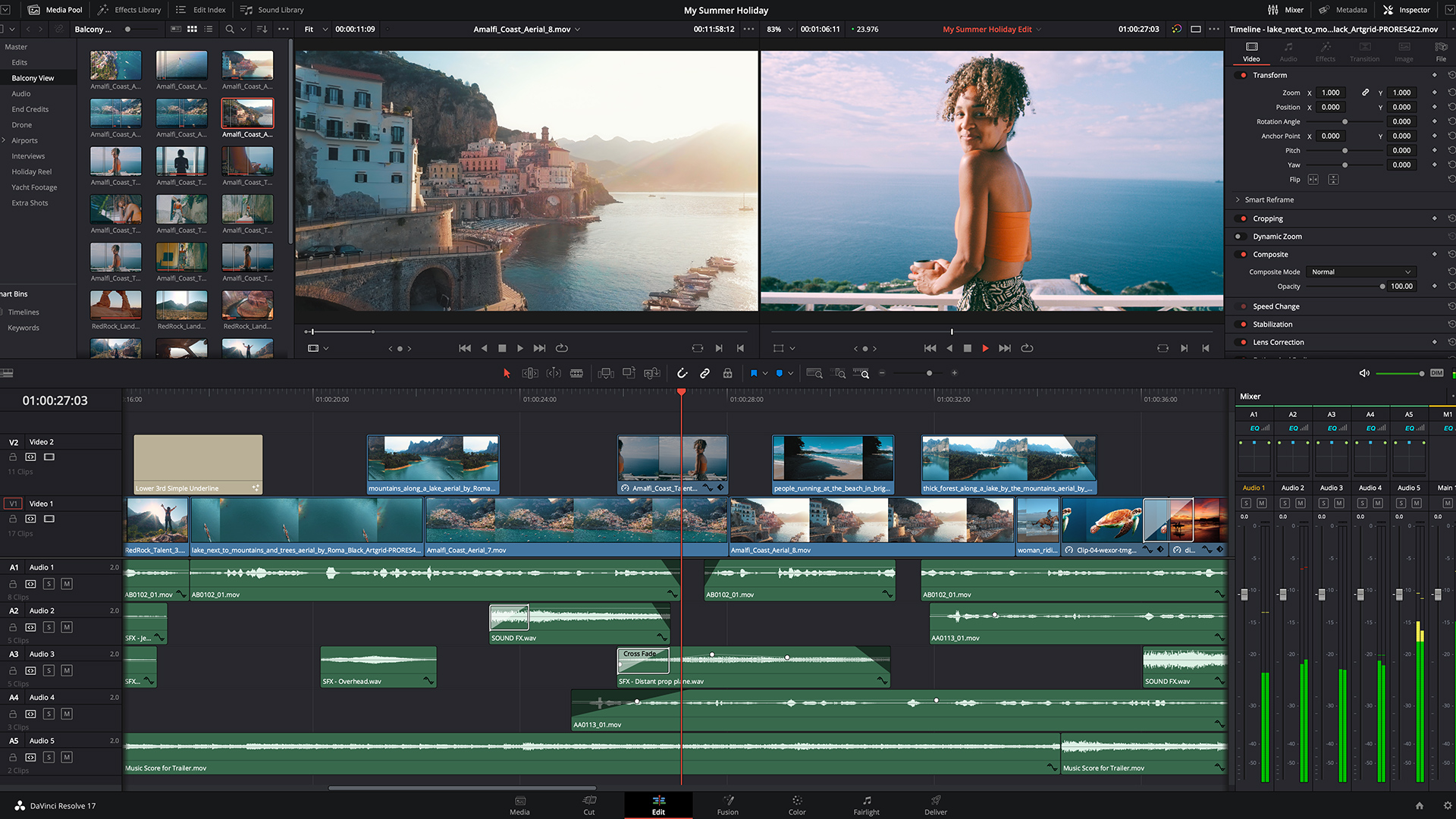
A story where the headline is definitely in two parts, The first is interesting, the second is *really* interesting. We all knew the M1 silicon was going to be quick, but it was one of those wonderful moments when you realised just how quick it was and the sort of things it would unleash as a result.
Why No Time to Die and others are still using film in a digital world
On September 30th, after many delays, No Time to Die finally hit UK cinemas. The 25th James Bond movie was shot on celluloid, making it part of a small group of productions that choose to keep using the traditional medium despite digital becoming the dominant acquisition format as far back as 2013. This is why...
GoPro HERO 10 Black review: Slam dunk performance gains
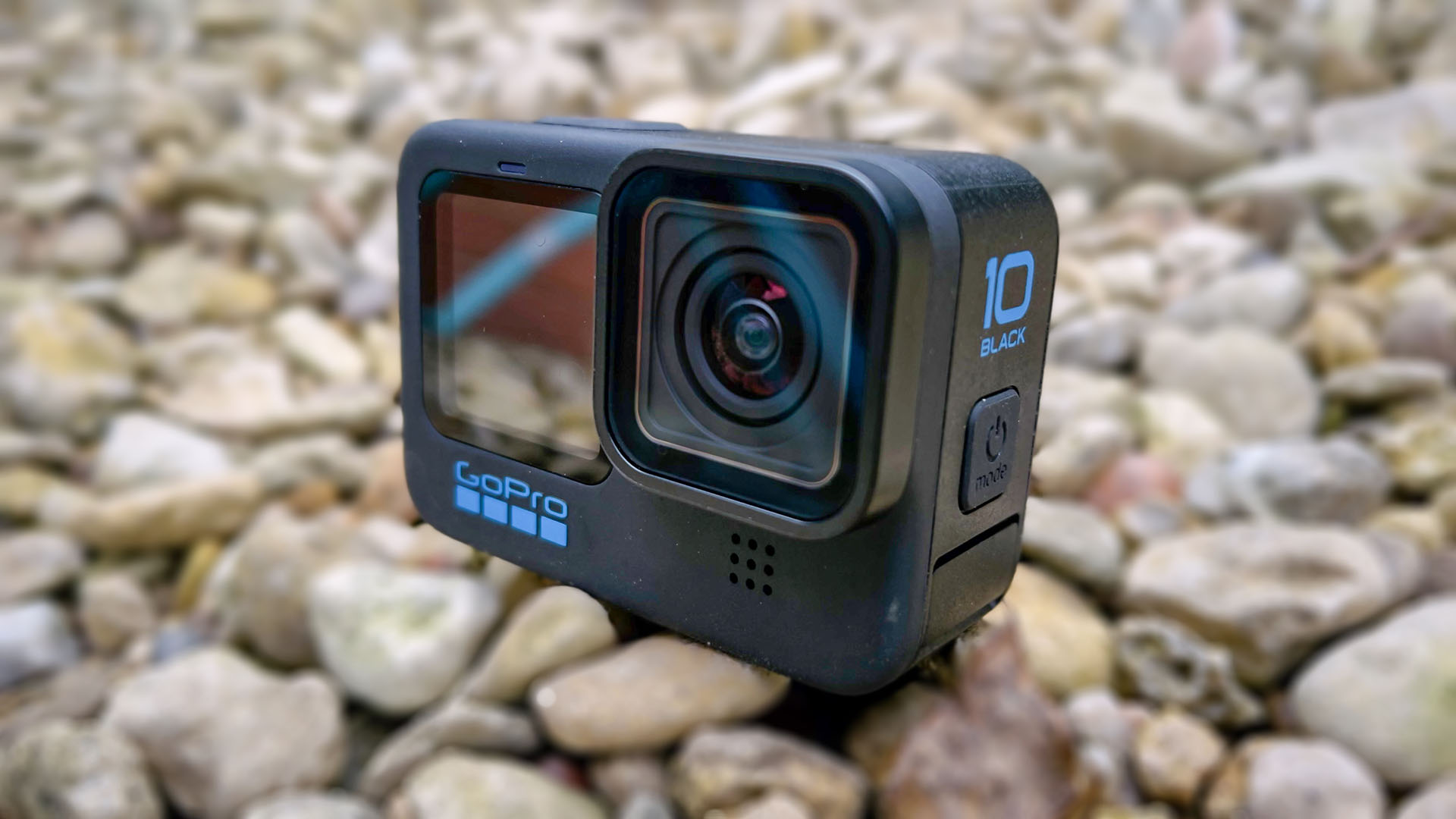
Finally for this quarter, our detailed review of one of GoPro's most important releases to date. Was it worth the wait? Hell yes. "If you have a HERO7 and held off from the 8 and 9, then unequivocally yes, the 10 is a very worthwhile upgrade or addition. If you have a HERO9, it is also worth the upgrade simply for the interface alone. But I also feel that the colour science is a cut above that camera as well. I realise that this might come as a bittersweet recommendation given the recency of the 9, but the improvements are hard to ignore. The HERO10 is the GoPro camera you've been waiting for."
Tags: Production
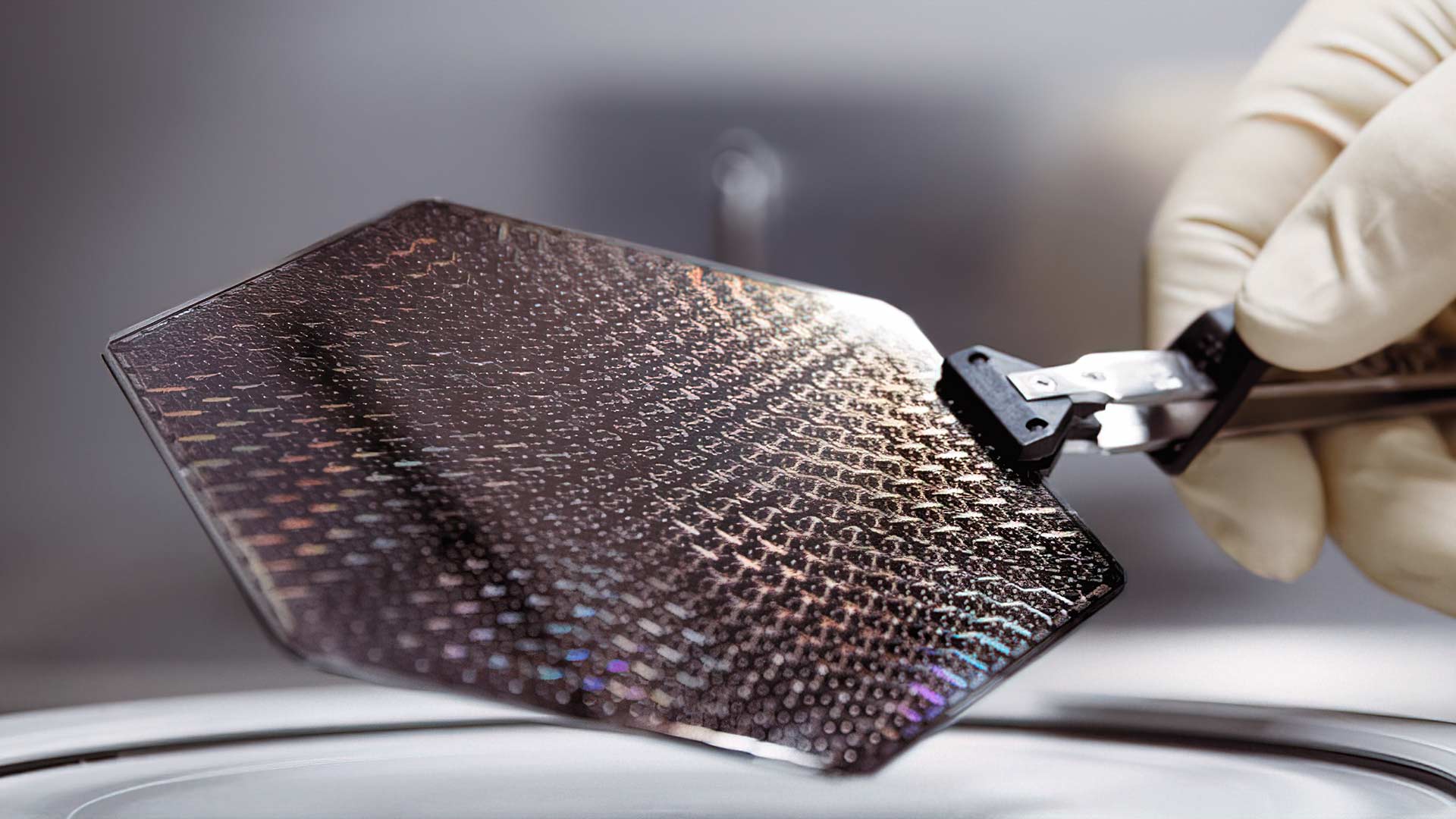
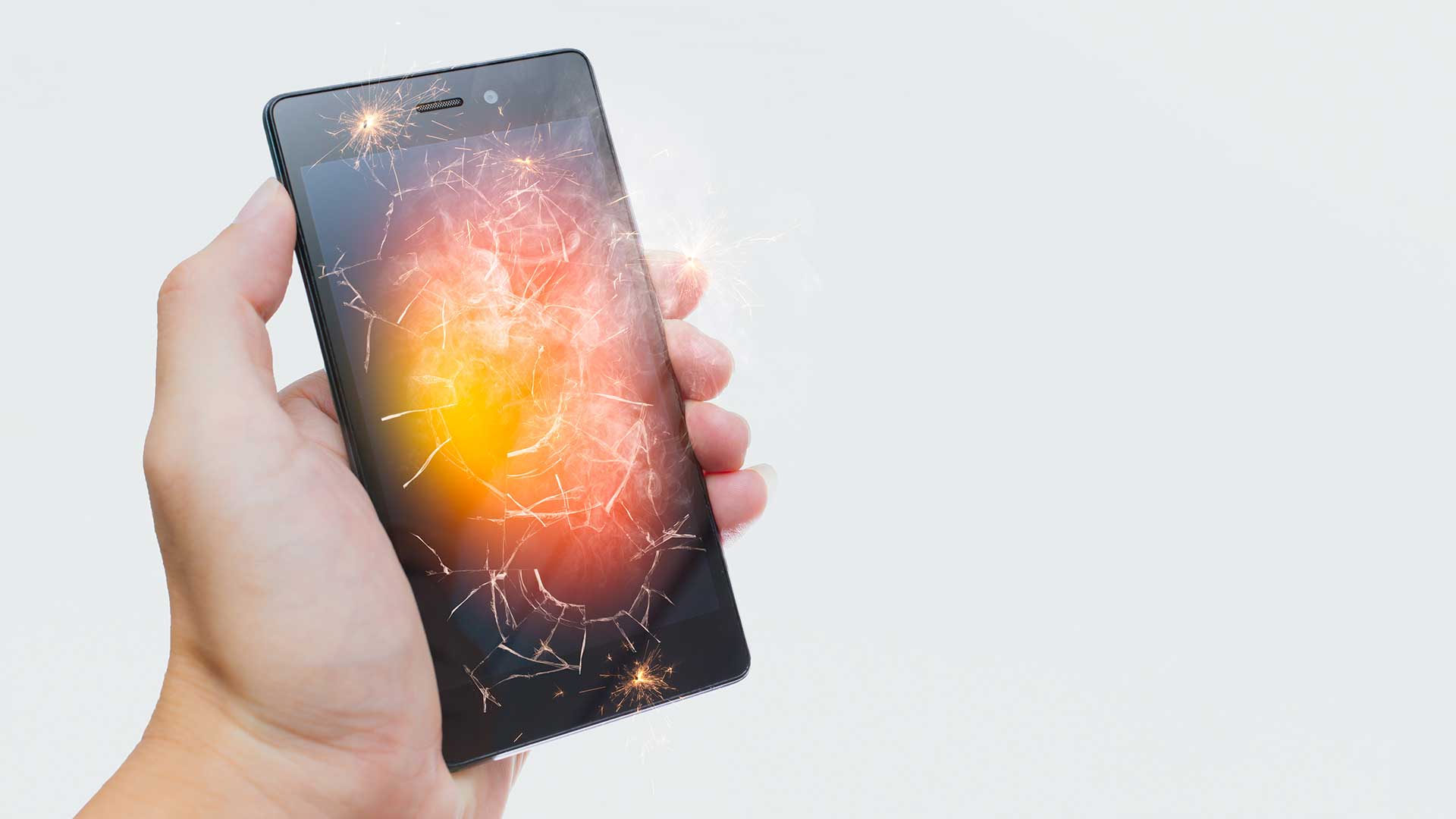
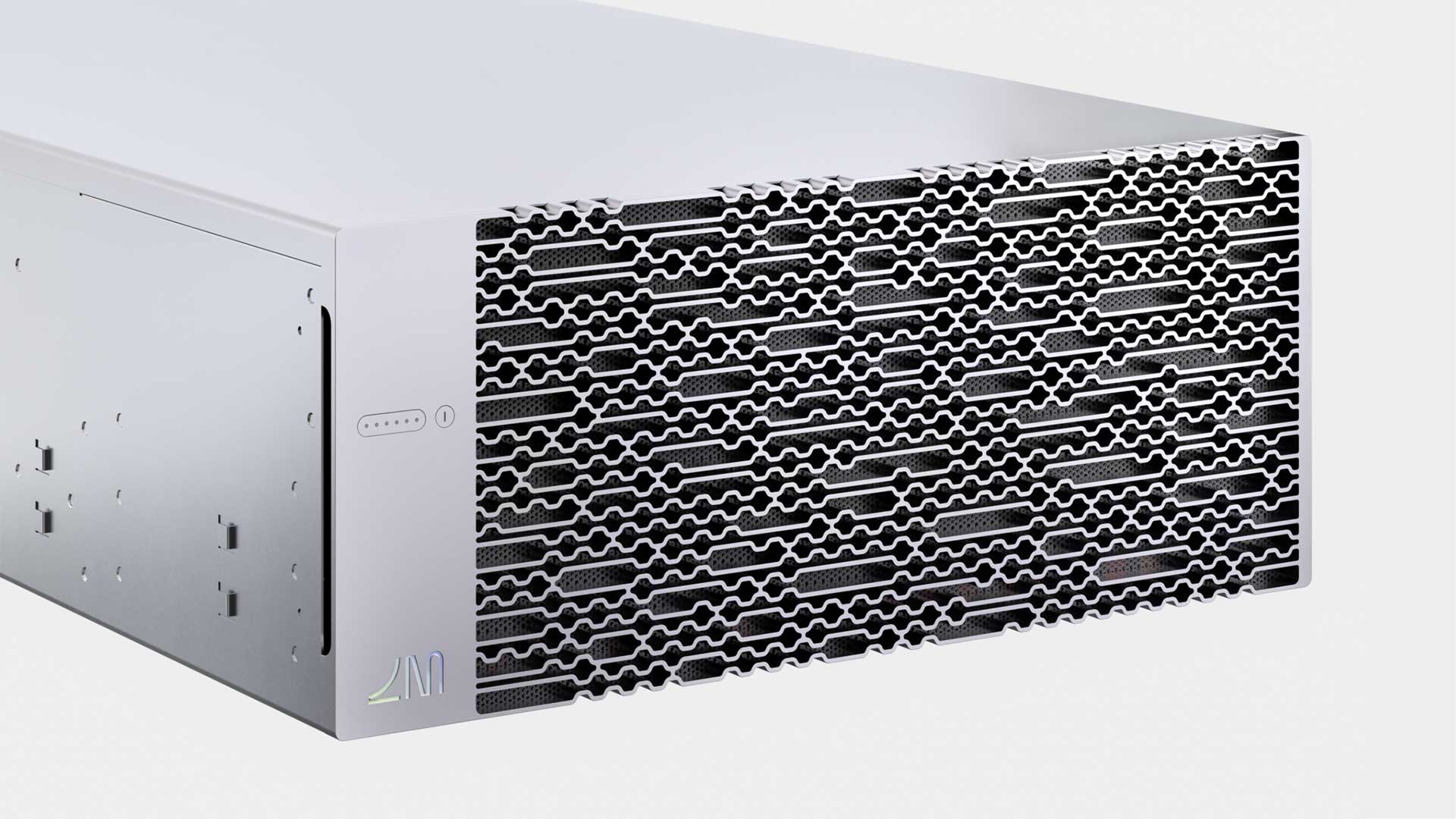
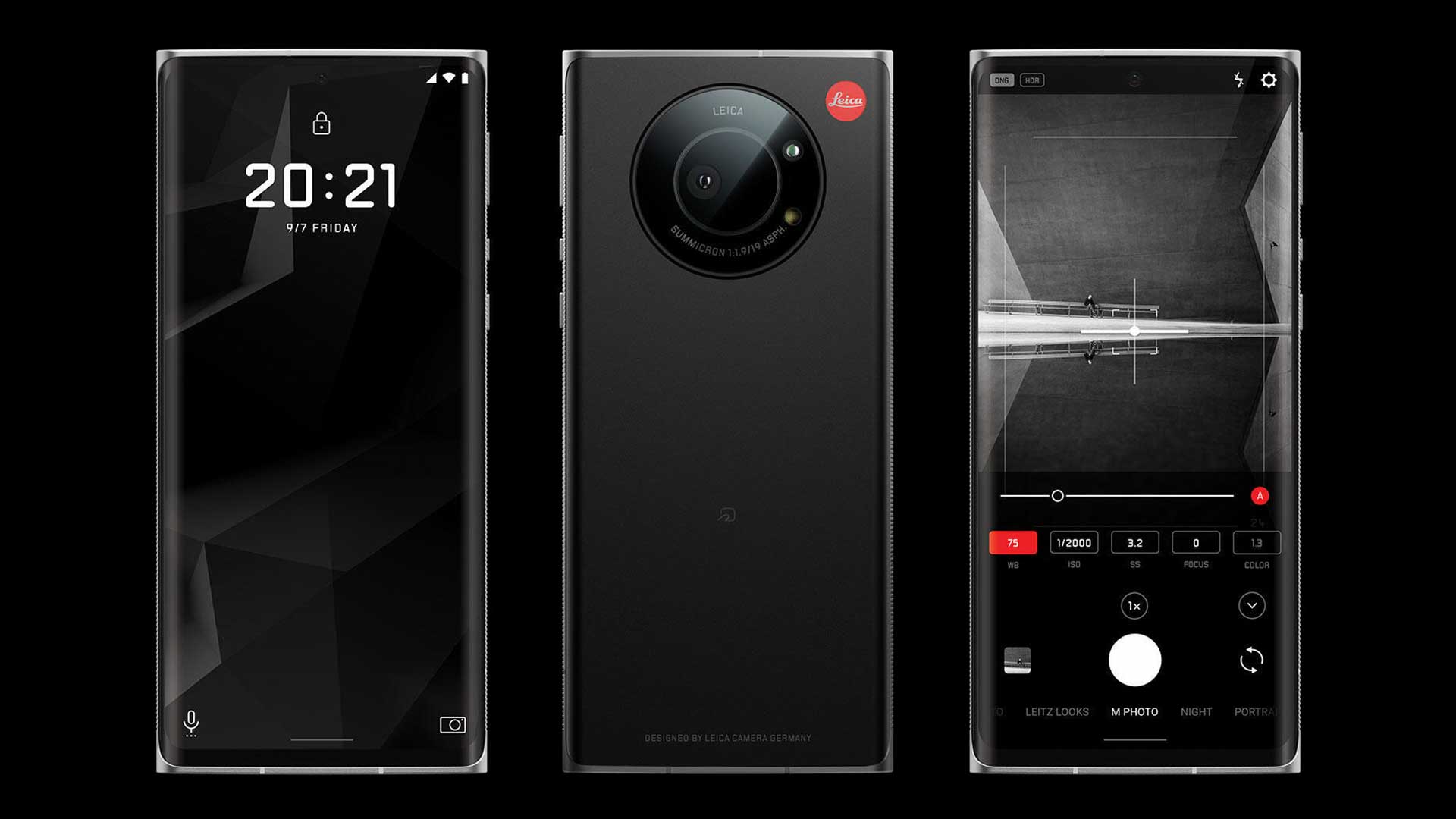
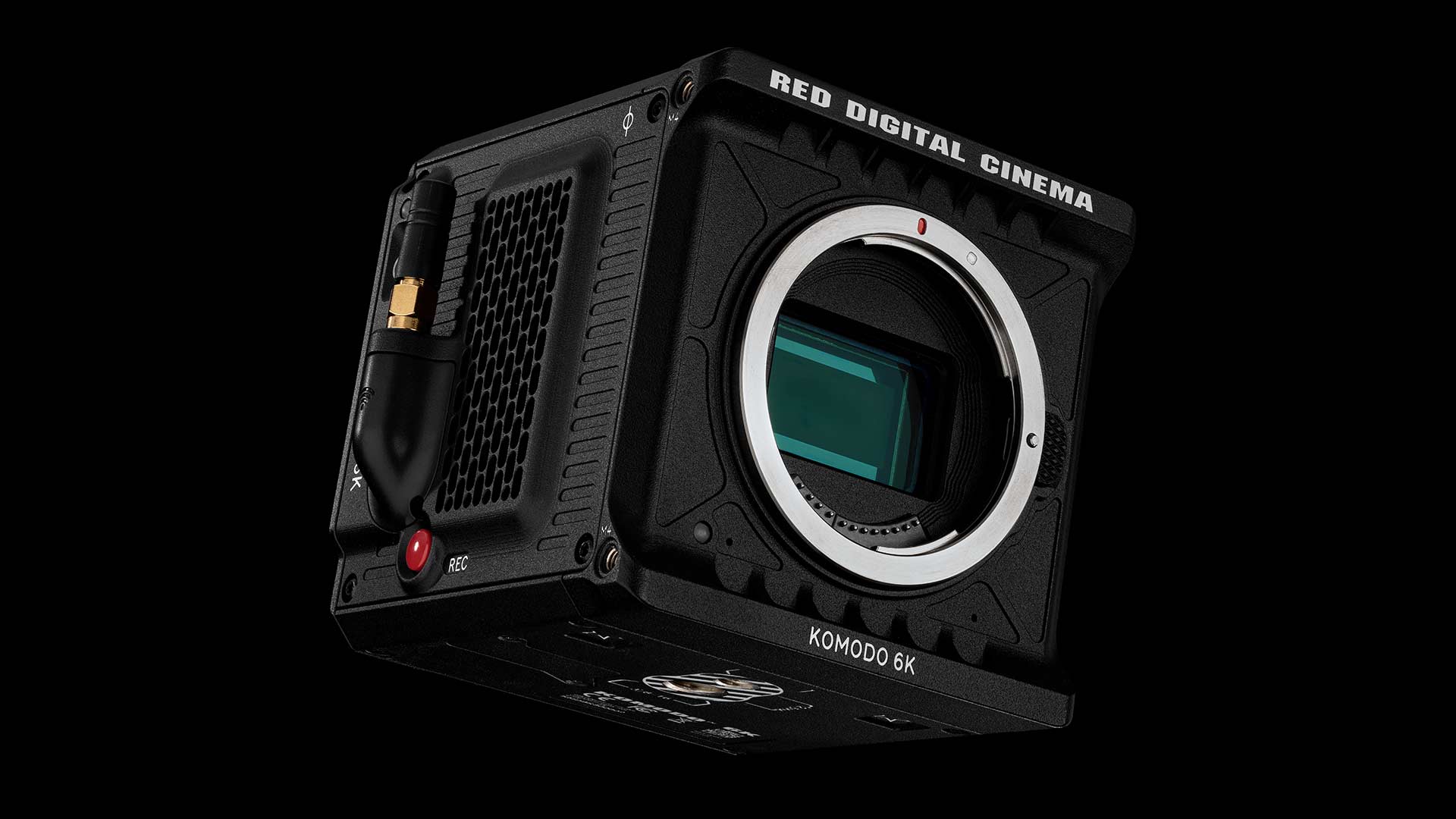




Comments